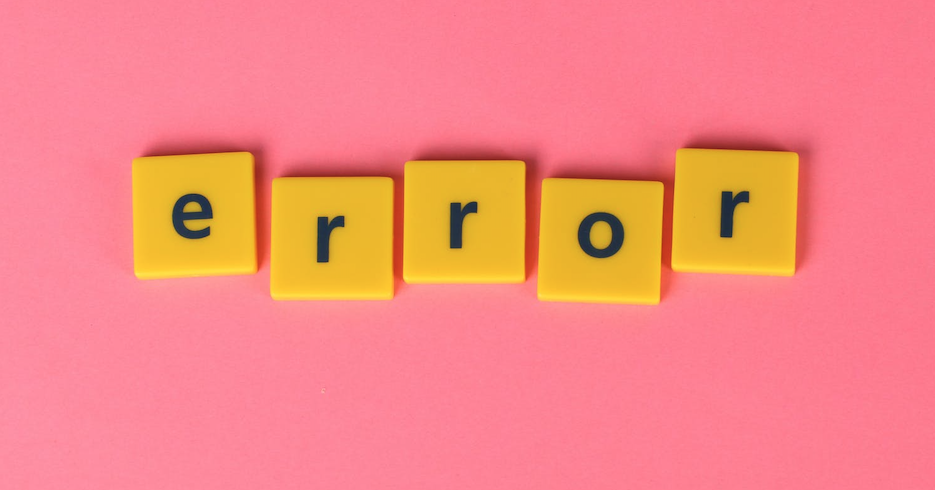The crypto market currently valued at $3.05 trillion today is becoming attractive to every user across every age grade. But with this acceptability comes the headache of scams and fraud associated with the use of crypto as scammers and fraudsters find it more appealing due to its swiftness in sending funds across borders swiftly. This characteristics of crypto make it more appealing to fraudsters and scammers who scam unsuspecting individuals of their hard earned money often leading to a chargeback.
WHAT IS A CHARGEBACK
In literal terms, a chargeback can be described as a dispute. Chargeback simply means the issuing bank will charge back the disputed transaction amount to the merchant, returning the money to the cardholder without needing the merchant’s approval to do so. When a cardholder disputes a charge on their card, banks typically review the transaction and if they are convinced the reason for the dispute is valid, they make available a provisional refund to the customer’s account until the dispute is solved.
For the dispute to be completely solved, the merchant that charged the card has to prove the goods/services requested by the cardholder were delivered. If merchants cannot prove this, they lose the dispute and the cardholder wins. In cases where the merchants can prove they provided the goods/ services, the cardholder loses the chargeback. There’s typically a fee incurred by Merchants from the card issuer when a chargeback occurs. Therefore, a chargeback is every Merchant’s nightmare.
WHY CHARGEBACKS OCCUR

There are several reasons cardholders dispute transactions on their cards. Oftentimes customers raise disputes when they do not recognise a transaction Other times, chargebacks are raised when they feel dissatisfied with the goods or service.
It is worthy to note that not all chargebacks are done in good faith, on several occasions, customers just want free goods or services. In some situations, some customers might forget authorising the transaction because they don’t recognise the merchant’s name hence raising a chargeback. There are also customers who simply file a chargeback because they have had a negative experience with the merchant by lying to the bank about their reason for raising a chargeback. On some occasions, the chargeback might be real as the customers did not initiate the transaction or purchase, it might have been due to a fraud on their card.
TYPES OF CHARGEBACK FRAUD

There are three types of Chargebacks namely, True Fraud, Friendly Fraud and Merchant error. Each of these chargebacks is as a result of different circumstances. The most common type amongst all three is the Friendly fraud, making up about 60–80% of the total chargebacks.
- True Fraud:
This can also be referred to as actual fraud. This means the fraud actually happened and it will result in a chargeback. This occurs when a transaction is made from a stolen credit or debit card. The real card owner not being the one who initiated what transaction would file a chargeback. What is interesting to note is that some of the true fraud cases are actually committed on cardholders cards by family members as they have access to the card numbers, CVV and also the pin to pass 3DS.
However in most cases, the fraud is perpetrated by fraudsters or identity thieves.
*3DS, also referred to as 3D Secured, which means 3 Domain Server, is a technical standard that adds an extra layer of security to online credit/debit card transactions. It is names 3DS as there are 3 parties involved in every online transaction: the acquirer domain (this is the merchant’s banks accepting the card payment ), the issuer domain (this refers to the organisation that issued the card being used for the transaction) and the interoperability domain ( referring to the payment systems acting as connectors between and acquirer domain and issuer domain). Different card networks have their 3DS transaction product, Secure code in Master Card and Verified by Visa in Visa card.
This fraud is often referred to as Chargeback fraud. Customers intentionally commit friendly fraud to abuse the merchant’s company’s policies or buy goods or services without paying for them. Most times, it is a deliberate act to steal from merchants by claiming the legitimate transactions they performed are fraudulent. Sometimes, friendly fraud occurs accidentally out of impatience or confusion, when customers don’t recognise the charge on their bank statement. Customers who file friendly fraud should be blacklisted by merchants.
- Merchant error:
This chargeback can occur when customers experience real issues with their transactions as a result of the merchant’s fault , e.g merchants make errors in processing customers transactions. In the cryptocurrency space, this might occur if the merchants don’t send the purchased cryptocurrency or fiat into customers’ accounts.
SOLUTION

Cryptocurrency companies are more prone to chargeback due to the pseudonymousity and speed at which crypto transactions are completed. Most of these frauds take place at the payment stage as fraudsters use stolen credit cards for payment which triggers a chargeback from the card owners. Since crypto is irreversible, it is entirely impossible to cancel transactions hence, once a fraud occurs, the crypto cannot be retrieved.
In order to avoid chargeback, Guardarian ensures every transaction with Card payment passes an extra layer of security which is referred to as the 3DS (mentioned above). For bank payments, we ensure that the name on the Bank account matches the customer’s name. This to a large extent has helped us in reducing fraud which leads to chargeback. Also, our various risk checks targeted at identifying suspicious transactions and blocking them have been a protector to our customers falling prey to scams that can lead to a chargeback.




